The Most Effective Natural Fertilizer To Revitalize NearDead Indoor

6 Natural Fertilizers for Indoor Plants Plantae, Plantas, Vivendo e
Jon VanZile Updated on 02/10/22 Reviewed by Debra LaGattuta Fact checked by Alexandra Kay The Spruce / Fiona Campbell Too many people overlook the importance of fertilizing indoor plants. However, proper feedings are essential to grow healthy, beautiful plants.

Best Natural Fertilizer For Indoor Plants! They Will Always Be Green
Recipe 2: Eggshell fertilizer. Eggshells are rich in calcium and also contain small amounts of other nutrients that plants need to grow, including potassium and phosphorus. Just like the banana peel recipe, using egg shells to grow your plants is easy. Collect and clean the eggshells: Start by saving your eggshells.

Natural Fertilizer For Indoor Plants
The three main nutrients in fertilizer are nitrogen (N), phosphorus (P), and potassium (K). For general use, fertilizers with balanced NPK levels between 5 and 15 are "a pretty safe bet," says.
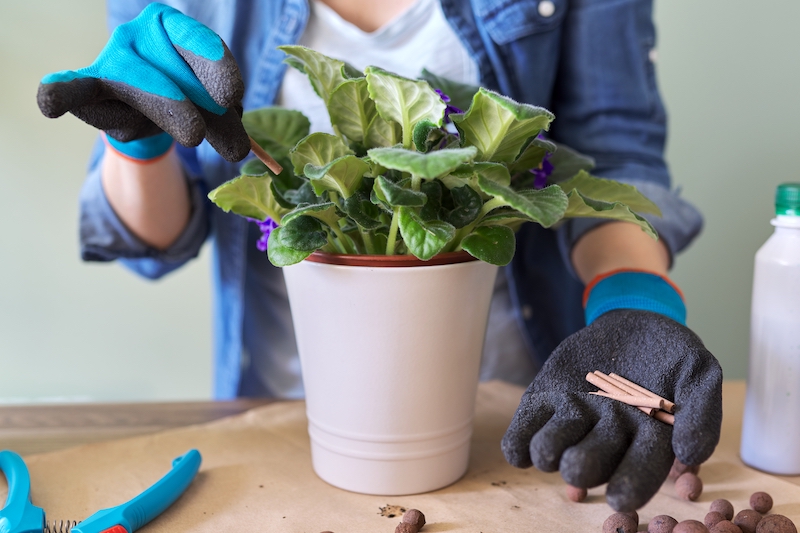
The Best Fertilizer for Indoor Plants Keep House Plants Alive
2. Eggshells Eggshells are another great natural fertilizer for indoor plants. They're a rich source of calcium and help to reduce acidity in the soil. Eggshells also contain phosphorus and other minerals to help your houseplants grow. Before using eggshells on your plants you'll need to remove the inner membrane, wash them and allow them to dry.
:max_bytes(150000):strip_icc()/fertilizing-plants-resized-58aefbf35f9b58a3c929b8bf.jpg)
Fertilizer Basics and How to Feed Indoor Plants
Without access to all the goodness of outdoor soil, your indoor plants are going to need a good houseplant fertilizer to get their nutrients. 100% natural, this organic fertilizer recipe is one of the 80+ from my herbal garden recipe book, Garden Alchemy. It will keep your houseplants happy, healthy, and blooming for stunning indoor displays.

6 Natural Fertilizers for Indoor Plants Creative Homemaking in 2020
1. Crushed Eggshells 2. Banana Peels 3. Used Coffee Grounds In Houseplants 4. Green Tea 5. Molasses 6. Epsom Salts 7. Wood Ash 8.

The Most Effective Natural Fertilizer To Revitalize NearDead Indoor
There are generally three types of fertilizers for indoor plants: Liquid houseplant fertilizers are added to water that you apply when needed when watering plants. Granular plant fertilizers are mixed into the soil, and they release nutrients when plants get water. Slow-release fertilizers gradually release nutrients into the soil.

6 Natural Fertilizers for Indoor Plants Natural fertilizer, Natural
There are two primary types of fertilizers to consider: synthetic and organic. It is often said that synthetic fertilizers feed the plant while organic fertilizers feed the soil. Dean Schoeppner Synthetic Synthetic fertilizers are produced from ammonia, natural gas, and various mineral sources.
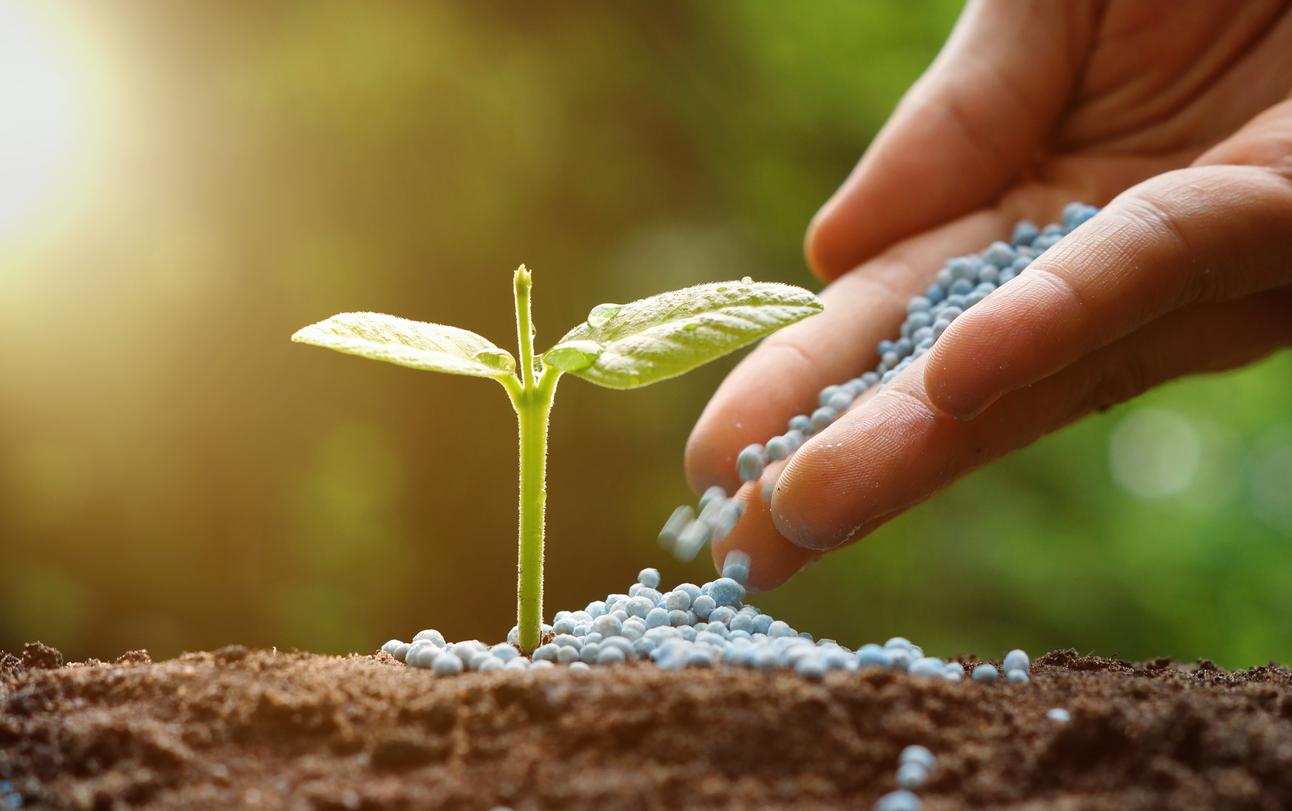
The Best Garden Fertilizer Options for Your Plants Bob Vila
Fertilizers act as a nutritional supplement, providing houseplants with a combination of micronutrients and macronutrients that allow them to thrive. After researching dozens of the most popular.
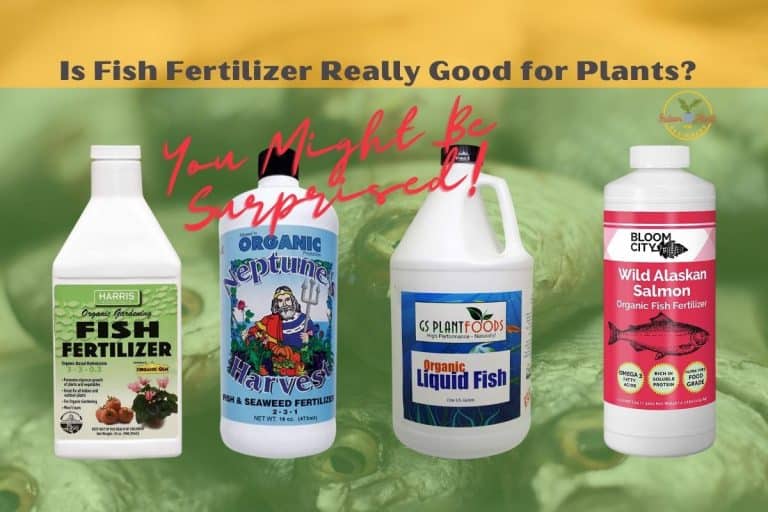
Is Fish Fertilizer Good For Plants? You Might Be Surprised! Indoor
Easy homemade fertilizer - Compost Tea. Compost tea is an organic liquid fertilizer that is created by adding compost to cold water, letting it steep for a few days, and then filtering out the solids. The liquid creates a nutrient rich solution that can be sprayed on areas of plant life or poured around root zones.
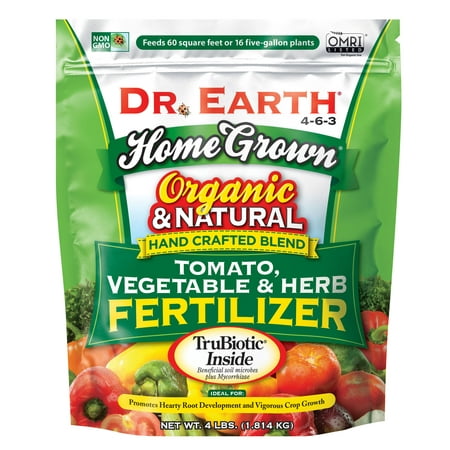
Top 10 Best 5 10 10 Organic Fertilizer in 2022 Reviews by Experts
1 - Coffee Grounds Using coffee grounds in your soil isn't as simple as some green and eco tips you might learn about online would have you believe. You see, used coffee grounds have had some of their acidity reduced to nearly neutral, sometimes lower, other times higher. It depends on the brand.

Best Fertilizers For Indoor Plants Reviews of 2020 Indoorplantshome
Molasses: Molasses is a natural indoor plant fertilizer source of nitrogen and other essential nutrients, making it a great choice for fertilizing gardens and lawns. Molasses also has a secret superpower: it can be used to create homemade fertilizers. Minerals such as copper, magnesium, iron, manganese, calcium, manganese oxide, and potassium.

6 Natural Fertilizers for Indoor Plants Fertilizer for plants, Plant
8) Cut grass infusion. To obtain a fertilizer with a high nitrogen content: use mowed grass, so you recycle the clippings. Simple to make, fill 25 liters of freshly cut grass and cover with water. The mixture should rest for 3 to 5 days. Then dilute the infusion: one measure of grass infusion for 9 of water.

Indoor Plant Organic Fertilizer Indoor Plants
The list of natural fertilizers used in agriculture is long, but among the best are kelp, cow manure, alfalfa meal, limestone, and chicken manure fertilizers along with compost, worm castings, and teas. However, many natural fertilizers that are great for farms and gardens are impractical for use on indoor houseplants because of the smell.

Best natural fertilizer for any water plants Homemade free fertilizer
Simply brew the leaves, allow to cool down, and then pour onto the soil around your houseplants. 5. Epsom salts. Epsom salts contain a number of plant-nourishing nutrients, including magnesium and sulfate, which encourage healthy growth. There's a number of easy ways to add use Epsom salts as a natural fertilizer for your houseplants.
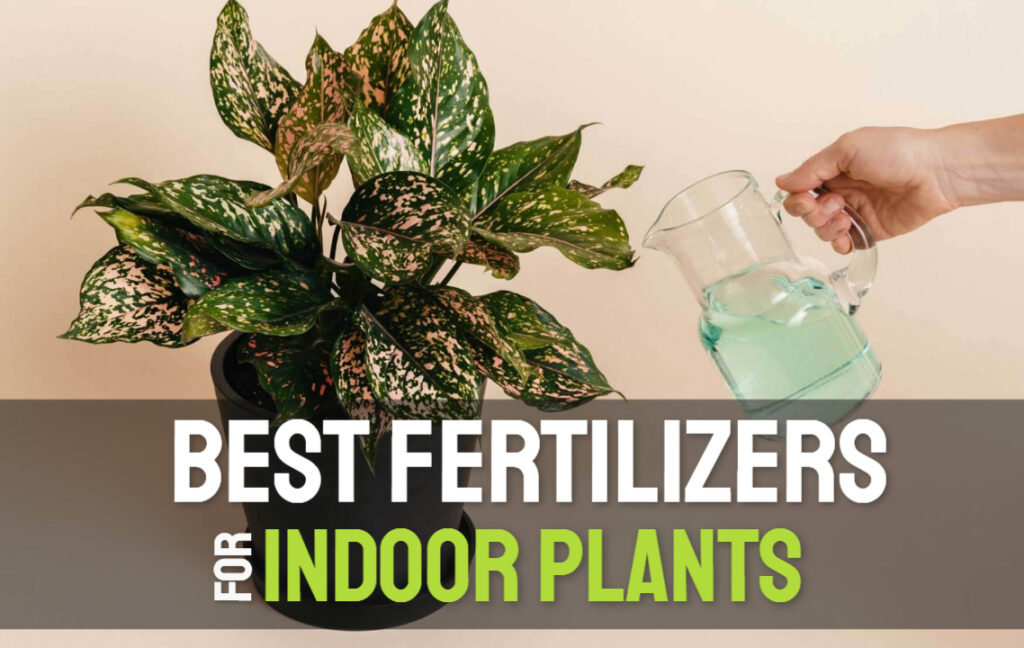
Top 11 Best Fertilizer for Indoor Plants 2021 Agriculturegoods
Benefits of Organic Indoor Plant Fertilizers. Using an organic fertilizer is a gentle & safe way to feed your indoor plants, helping to: increase the soil's organic matter; improve the soil's structure; avoid the risk of plant burning (because the fertilizer is less concentrated) boost the soil's nutrient & water-holding capacity.